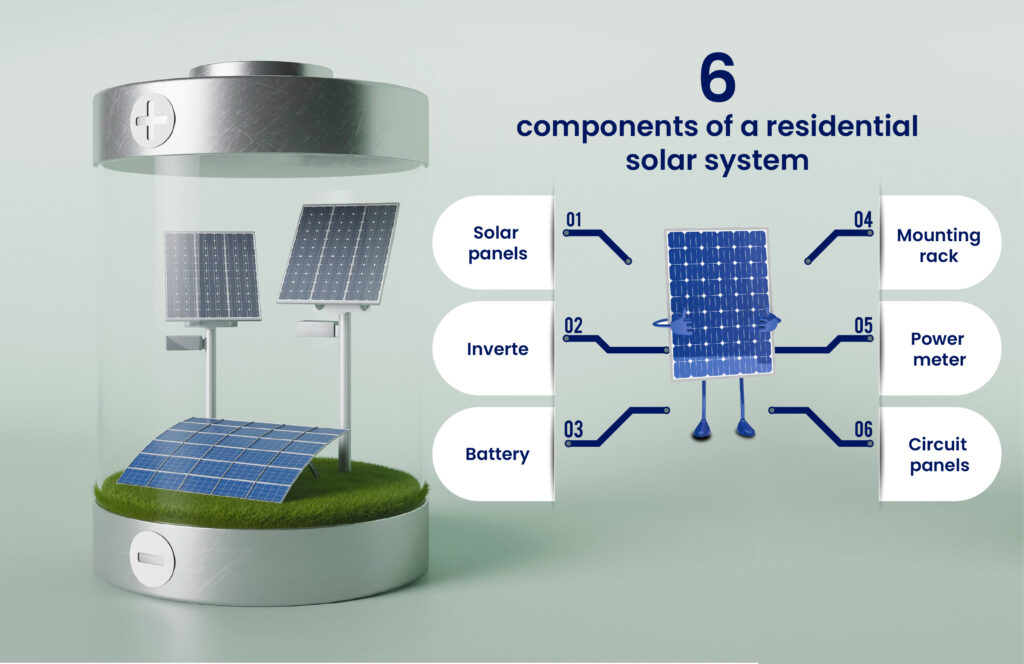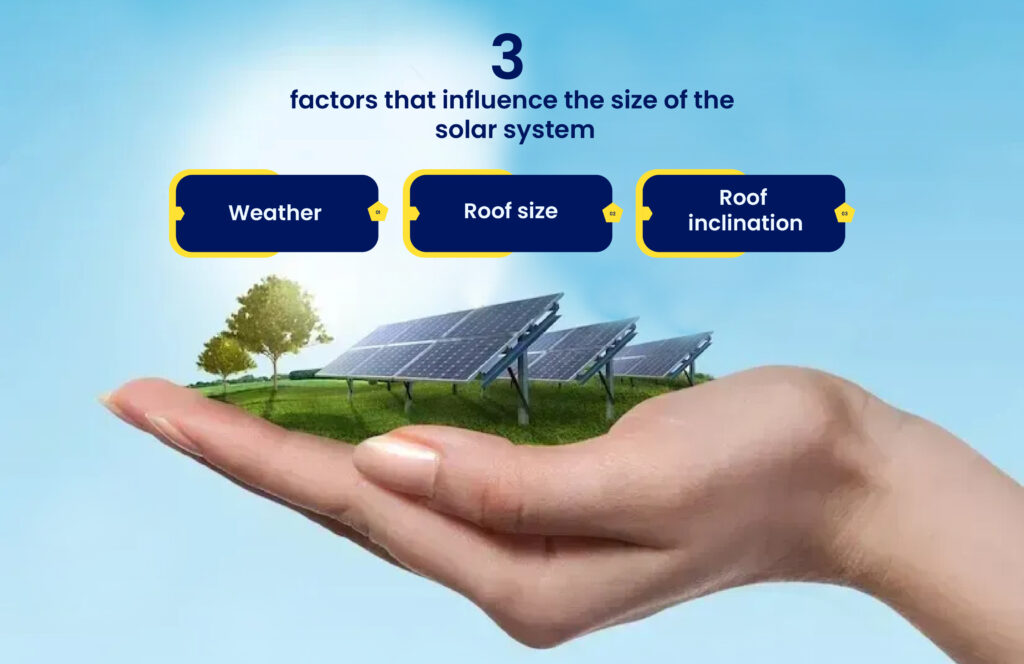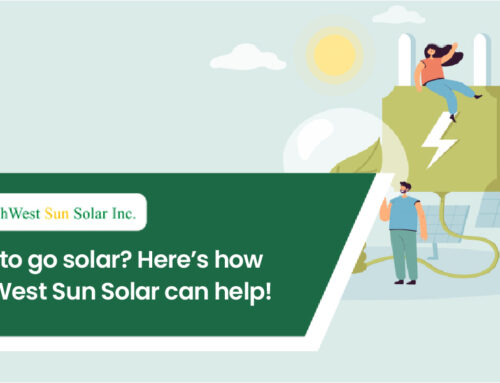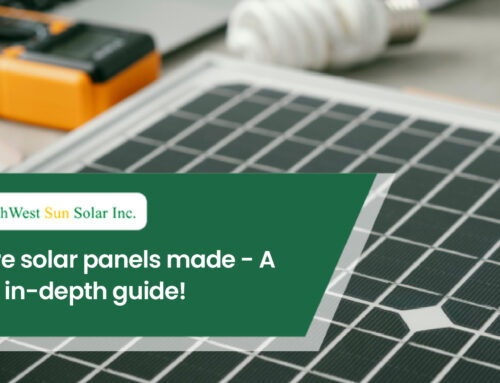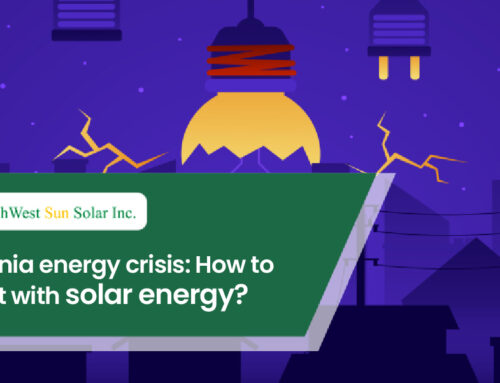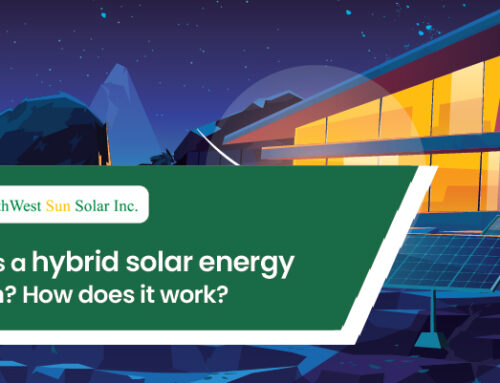Planning to go solar but confused about how to proceed? You have arrived at the right place. Ahead of contacting vendors or going through their quotes, we are sharing first-hand information on solar panels for your dream home. This is all the information you will need to get started on your solar energy journey. Ready? Let’s start right away then!
How do solar panels work?
Solar panels compose photovoltaic (PV) cells. When the sun’s rays, fall on the cells, they absorb the radiation. This can happen when the sun shines directly at them or even if the sunlight hits the cells at an angle. The electric charges from the sunlight drive the electric field inside the cells. This energy causes electrical charges to move in an internal electric field in the PV cell. The movement generates Direct Current (DC). Parts of the solar array convert the DC to Alternating Current (AC) which is then used at homes or even stored for later use.
The next section discusses the parts of the solar system in detail.
What are the constituents of a residential solar system?
While every solar system might be different depending on your needs and requirements, here are the basics.
- Solar panels are the most visible parts of the system and collect energy from the sun in kilowatts.
- Inverter converts the direct current produced by cells into alternating current which is then used for home appliances.
- Battery stores the excess direct current generated by solar cells.
- Mounting racks are used to place the panel on your roof or ground.
- Power meter measures the amount of power sent to the utility grid and used from the grid.
- Circuit panels connect the solar system to the electrical circuits of your house.
What should be the size of the solar system?
The size of your residential solar system depends on a number of factors. Let’s discuss them.
Weather
The solar panels generate the maximum electricity at their peak efficiency. This doesn’t mean that your panels would fail in cloudy, rainy, or snowy weather. Depending on the make and model, they can still generate plenty of electricity. However, we usually calculate the average number of sunny days you get in a year for your solar system to produce enough current to last through non-sunny days.
Roof size
Your output is dependent on how many panels can fit on your roof based on your power requirement. Important to note here that more tier-1 mono panels can be fit per square foot instead of poly panels.
Roof inclination
In the Northern Hemisphere (where California is), solar panels facing south tend to see more of the sun. Thus, if you install panels preferably on the south-facing roof, technically you would be generating more power. However, if your house doesn’t align southwards that doesn’t mean that solar panels are a wrong investment. You just have to find a way around it.
That’s where we come in. Call on 714-582-3909 and schedule an appointment. Our experts will study our house placement and orientation to give you an accurate estimate. Visit our website today for more information.


